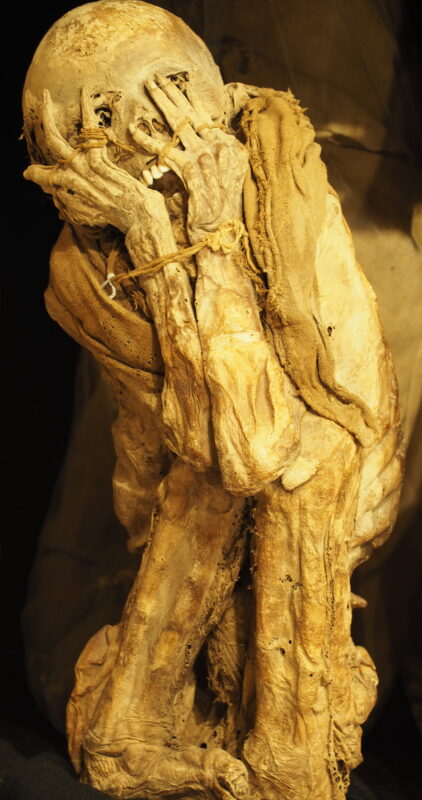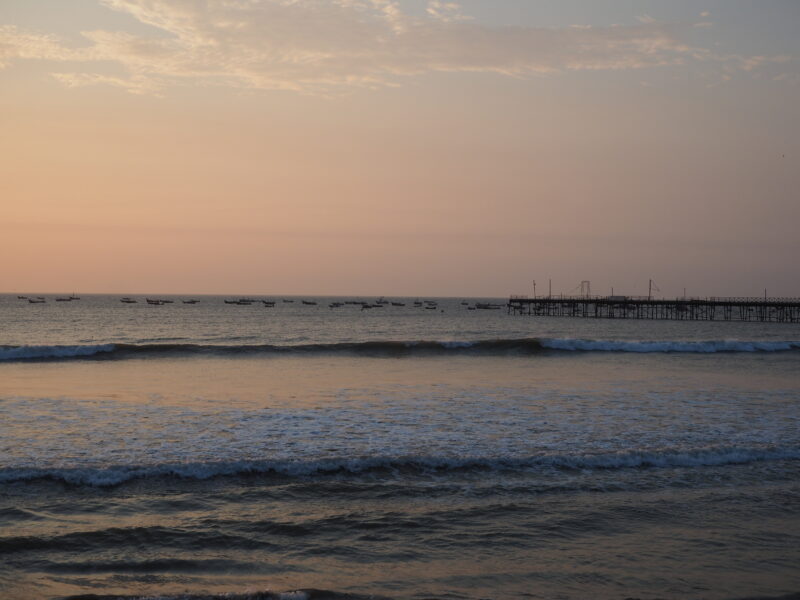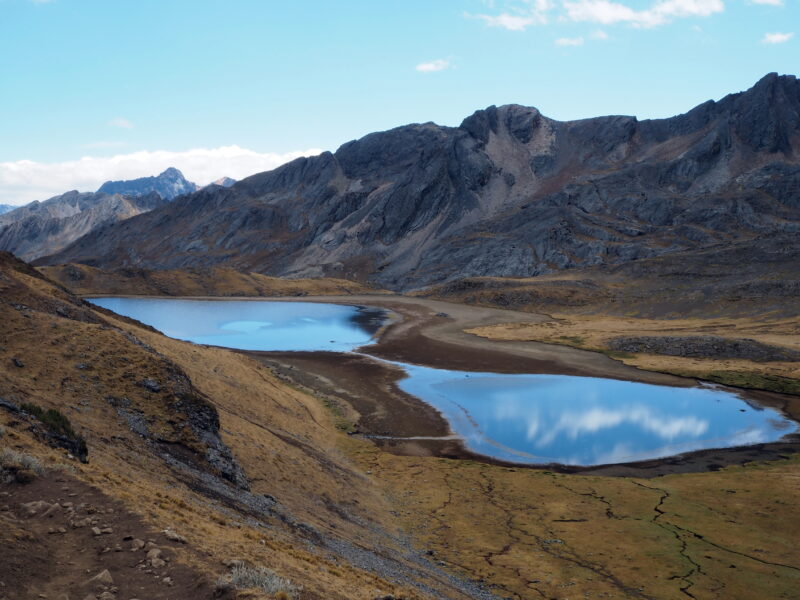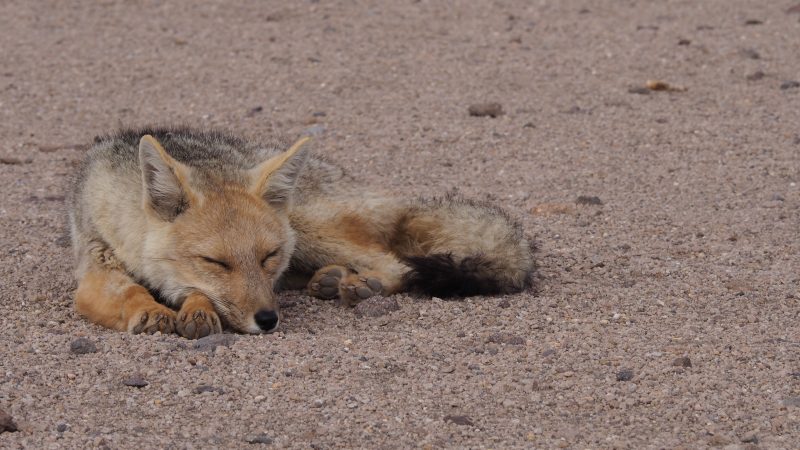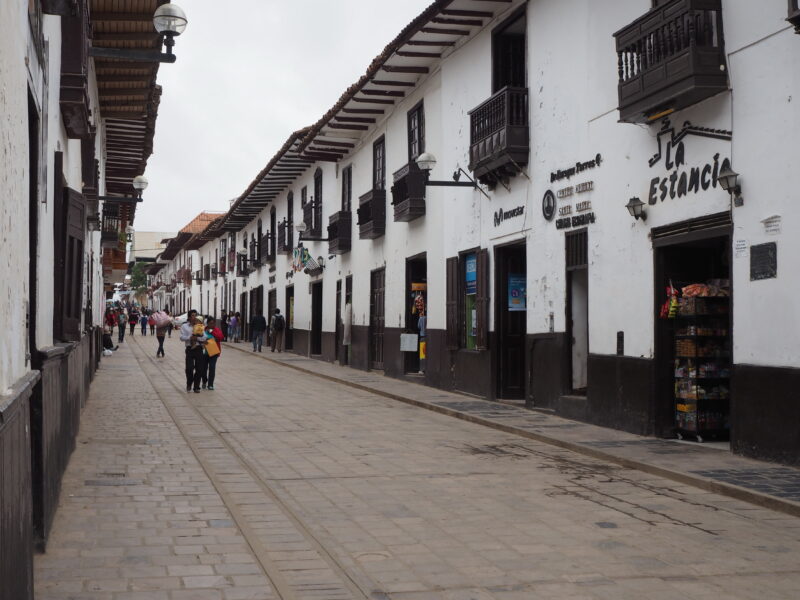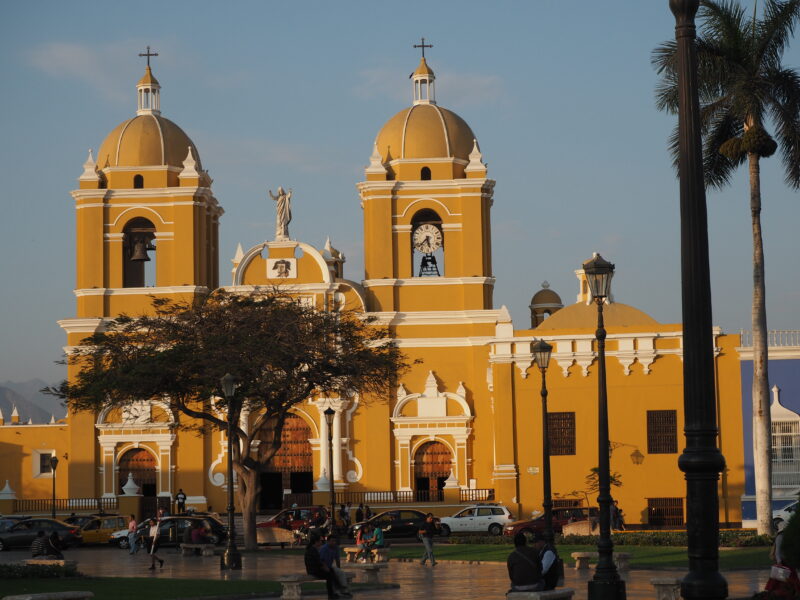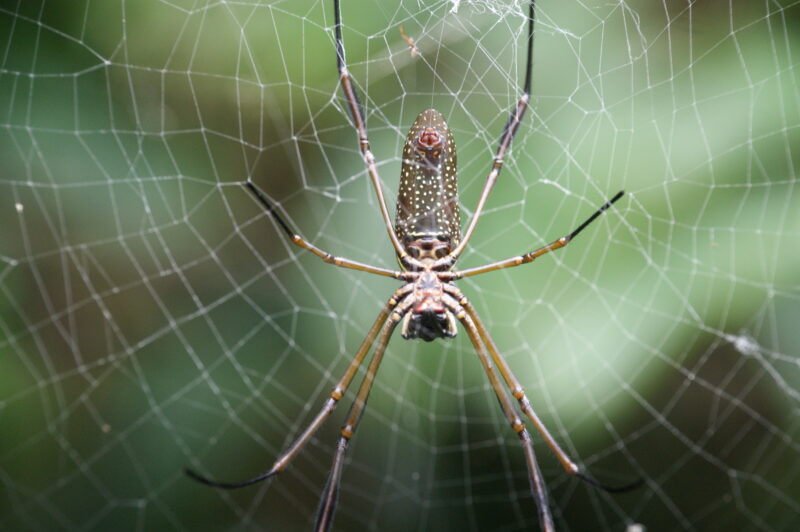South America
From the dense tropical jungle in Brazil, Peru or the Guyanas to the impressive mountains of the Andes and the endless expanses of Patagonia – South America has something to offer for everyone.
security situation
The security situation sometimes changes quickly, and caution is generally required around election dates. In large cities such as La Paz, Lima, Bogota and the Brazilian metropolises, it is best to inquire on the spot which areas are better avoided.
language
In the country you will usually find a friendly and helpful population, a few words of Spanish or Portuguese are always helpful.
diseases
Since, in addition to diseases that can be prevented by vaccination or medication, there are also some infectious agents – mainly transmitted by insects – consistent protection against stinging, sucking and biting pests is important.
Depending on the season, dengue fever can occur in epidemic proportions, especially on the Caribbean coast.
Some sights and cities are located at altitudes over 2000 meters, the issue of altitude sickness is relevant not only for mountaineers but also for cultural tourists.
All countries of the subcontinent except Chile and Uruguay are at least partially in the yellow fever distribution area. Based on the planned itinerary, we can determine whether a yellow fever vaccination is necessary or even mandatory for you.
Typhoid
A typhoid vaccination is recommended for most travelers to rural areas.
Rabies
Rabies immunoglobulin is only sporadically available, so a rabies vaccination makes sense, especially for hiking and individual trips away from the tourist infrastructure and transport connections.
Argentina, Chile, Uruguay and Paraguay are malaria free.
In the other countries, the disease is limited to the parts of the country that are part of the Amazon lowlands. A low risk is also described for the west coast of Colombia.
For most areas, consistent mosquito repellent, possibly in combination with malaria emergency medication, is sufficient.
Long-term prophylaxis makes sense for remote Amazon regions in Brazil and neighboring countries (Peru, Colombia, Venezuela, Guyana, French Guyana).
Outside of the big cities and especially in the Andean regions, diarrhea is a common problem.
If you are traveling to the mountainous regions of the Andes, you should be aware of the symptoms of altitude sickness and, if you are sensitive, take medication with you for self-treatment.
Long trekking tours in the beautiful mountain landscapes of Peru or Colombia often take you away from civilization for days. The first-aid kit for such ventures must be a little more extensive.
Vaccination check no later than 6 weeks before departure.
The yellow fever vaccine is a live vaccine that must not be administered under certain medications and is also contraindicated during pregnancy. Inquire in good time.
If destinations in the Andes are on your wish list, you should ideally discuss the planned itinerary with a travel medicine specialist who is experienced in mountain medicine. Often a small adaptation of the route can significantly reduce the risk of altitude sickness.
